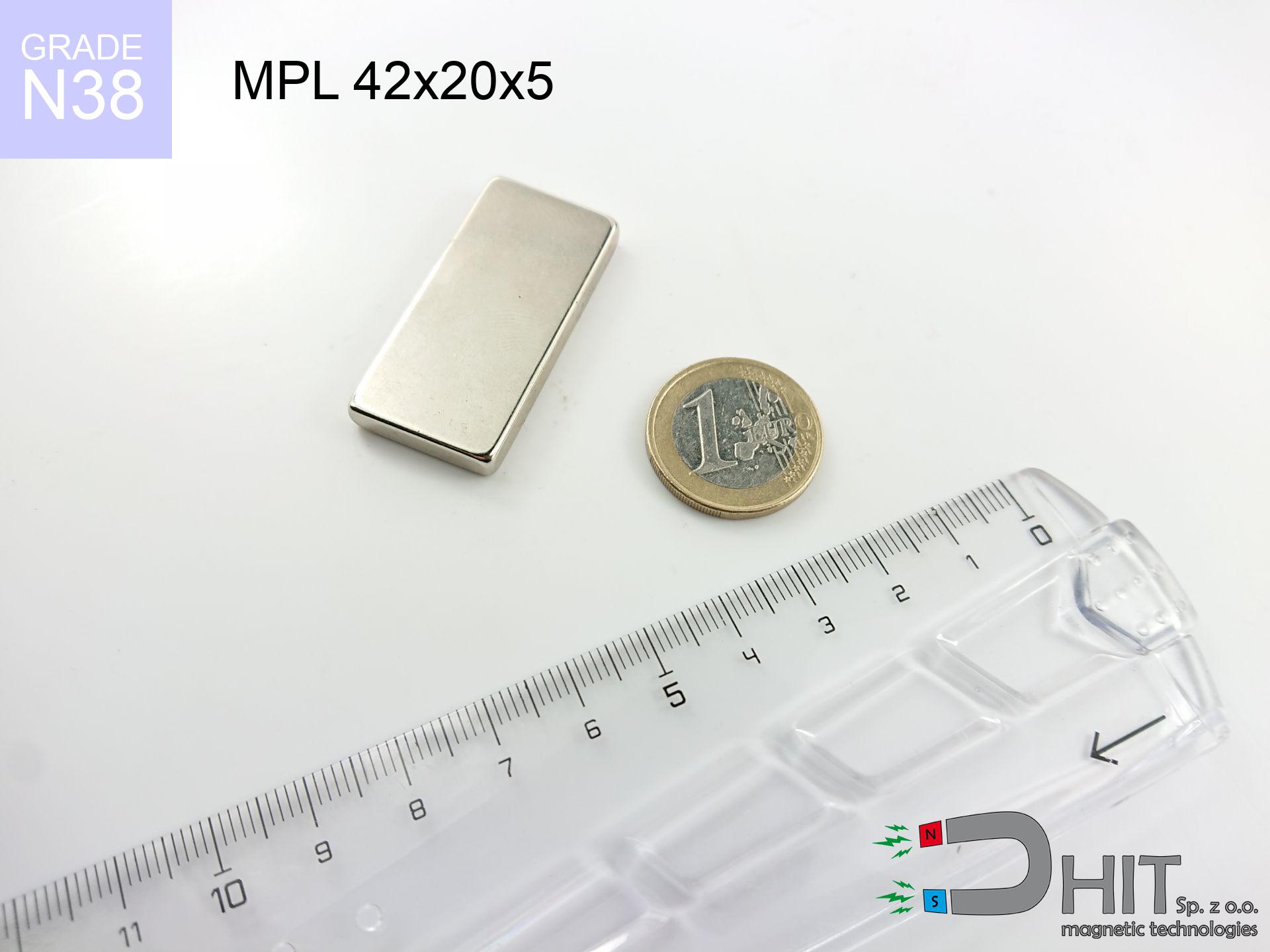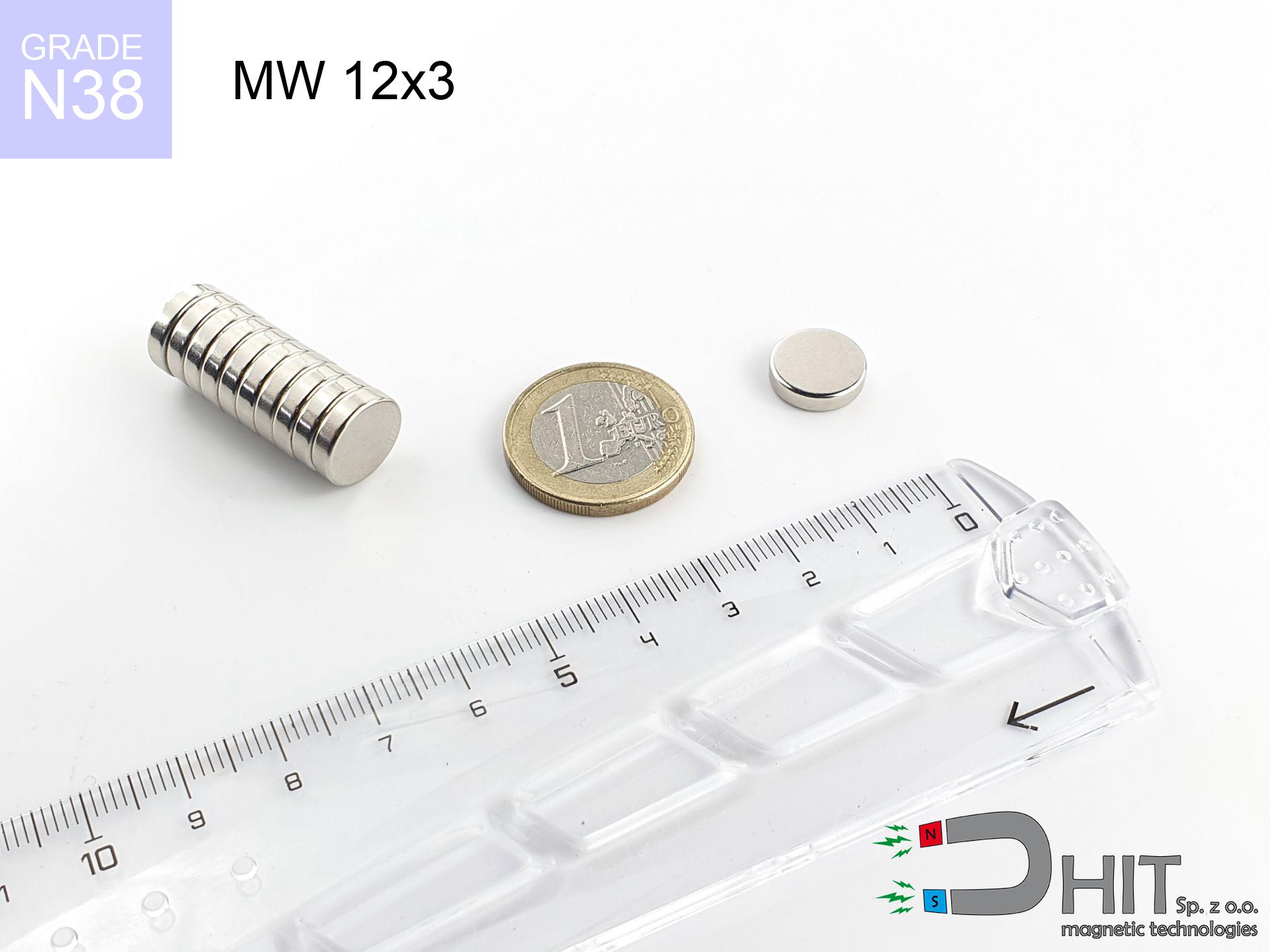UMN 410x44x15 / N52
knife holder
catalog number 200455
GTIN: 5906301813897
length
410
mm [±0,1 mm]
width
44
mm [±0,1 mm]
height
15
mm [±0,1 mm]
capacity ~
5.00 kg / 49.03 N
max. temperature
≤ 80
°C
catalog number 200455
GTIN: 5906301813897
length
410 mm [±0,1 mm]
width
44 mm [±0,1 mm]
height
15 mm [±0,1 mm]
capacity ~
5.00 kg / 49.03 N
max. temperature
≤ 80 °C
98.99 ZŁ gross price (including VAT) / pcs +
80.48 ZŁ net price + 23% VAT / pcs
bulk discounts:
need more quantity?Want to bargain?
Give us a call tel: +48 888 99 98 98 or get in touch through contact form on the contact page. You can check the lifting capacity and the appearance of magnet in our magnetic calculator magnetic mass calculator
Orders placed by 2:00 PM will be shipped on the same business day.
Specification: knife holder 410x44x15 / N52
Magnetic properties of the material N52
Physical properties of sintered neodymium magnets Nd2Fe14B
Compilation of suggested goods
Advantages as well as disadvantages of neodymium magnets NdFeB.
Apart from immense strength, neodymium magnets have the following advantages:
- They do not lose power over time - after approximately 10 years, their power decreases by only ~1% (theoretically),
- They are highly resistant to demagnetization by external magnetic field,
- By applying a shiny coating of nickel, gold, or silver, the element gains an aesthetic appearance,
- They exhibit very high magnetic induction on the surface of the magnet,
- Magnetic neodymium magnets are characterized by very high magnetic induction on the surface of the magnet and can operate (depending on the shape) even at temperatures of 230°C or higher...
- Due to the option of accurate forming or adaptation to individual needs – neodymium magnets can be produced in many variants of shapes or sizes, which expands the range of their possible uses.
- Significant importance in modern technologies – are used in computer drives, electric drive mechanisms, medical equipment or other modern machines.
Disadvantages of neodymium magnets:
- They can break when subjected to a strong impact. If the magnets are exposed to impacts, we recommend using magnets in a protective case. The steel housing in the form of a holder protects the magnet from impacts, and at the same time increases its overall strength,
- They lose power at high temperatures. Most neodymium magnets experience permanent loss of strength when heated above 80°C (depending on the shape and height). However, we also offer special magnets with high temperature resistance, up to 230°C,
- They rust in a humid environment - during outdoor use, we recommend using waterproof magnets, such as those made of rubber or plastic,
- The use of a cover or a magnetic holder is recommended due to the limited possibilities of manufacturing threads or complex shapes in the magnet
- Potential hazard arising from small pieces of magnets are risky, in case of ingestion, which is particularly important in the context of child safety. Additionally, small elements of these devices have the potential to hinder the diagnostic process after entering the body.
Precautions
It is crucial not to allow the magnets to pinch together uncontrollably or place your fingers in their path as they attract to each other.
Magnets attract each other within a distance of several to about 10 cm from each other. Don't put your fingers in the path of magnet attraction, because a significant injury may occur. Depending on how massive the neodymium magnets are, they can lead to a cut or a fracture.
Dust and powder from neodymium magnets are highly flammable.
Do not attempt to drill into neodymium magnets. Mechanical processing is also not recommended. If the magnet is crushed into fine powder or dust, it becomes highly flammable.
The magnet coating contains nickel, so be cautious if you have a nickel allergy.
Studies show a small percentage of people have allergies to certain metals, including nickel. An allergic reaction often manifests as skin redness and rash. If you have a nickel allergy, try wearing gloves or avoid direct contact with nickel-plated neodymium magnets.
Make sure not to bring neodymium magnets close to the TV, wallet, and computer HDD.
Strong magnetic fields emitted by neodymium magnets can damage magnetic storage media such as floppy disks, credit cards, magnetic ID cards, cassette tapes, video tapes, or other devices. In addition, they can damage televisions, VCRs, computer monitors, and CRT displays. Avoid placing neodymium magnets in close proximity to electronic devices.
Neodymium magnets can become demagnetized at high temperatures.
Despite the general resilience of magnets, their ability to maintain their magnetic potency can be influenced by factors like the type of material used, the magnet's shape, and the intended purpose for which it is employed.
Neodymium magnetic are extremely fragile, resulting in breaking.
Neodymium magnets are characterized by significant fragility. Neodymium magnets are made of metal and coated with a shiny nickel, but they are not as durable as steel. In the event of a collision between two magnets, there may be a scattering of fragments in different directions. Protecting your eyes is crucial in such a situation.
Neodymium magnets are the most powerful magnets ever invented. Their power can surprise you.
On our website, you can find information on how to use neodymium magnets. This will help you avoid injuries and prevent damage to the magnets.
Neodymium magnets should not be near people with pacemakers.
Neodymium magnets produce strong magnetic fields that can interfere with the operation of a heart pacemaker. Even if the magnetic field does not affect the device, it can damage its components or deactivate the entire device.
Avoid bringing neodymium magnets close to a phone or GPS.
Magnetic fields can interfere with compasses and magnetometers used in aviation and maritime navigation, as well as internal compasses of smartphones and GPS devices. There are neodymium magnets in every smartphone, for example, in the microphone and speakers.
Magnets should not be treated as toys. Therefore, it is not recommended for youngest children to have access to them.
Not all neodymium magnets are toys, so do not let children play with them. Small magnets pose a serious choking hazard or can attract to each other in the intestines. In such cases, the only solution is to undergo surgery to remove the magnets, and otherwise, it can even lead to death.
In order to illustrate why neodymium magnets are so dangerous, see the article - How very dangerous are very strong neodymium magnets?.





![lamellar magnet 40x10x4x2[7/3.5] / N38 ↑ axial lamellar magnet 40x10x4x2[7/3.5] / N38 ↑ axial](https://cdn3.dhit.pl/graphics/products/mpl40x10x4x27-3.5-suw.jpg)

